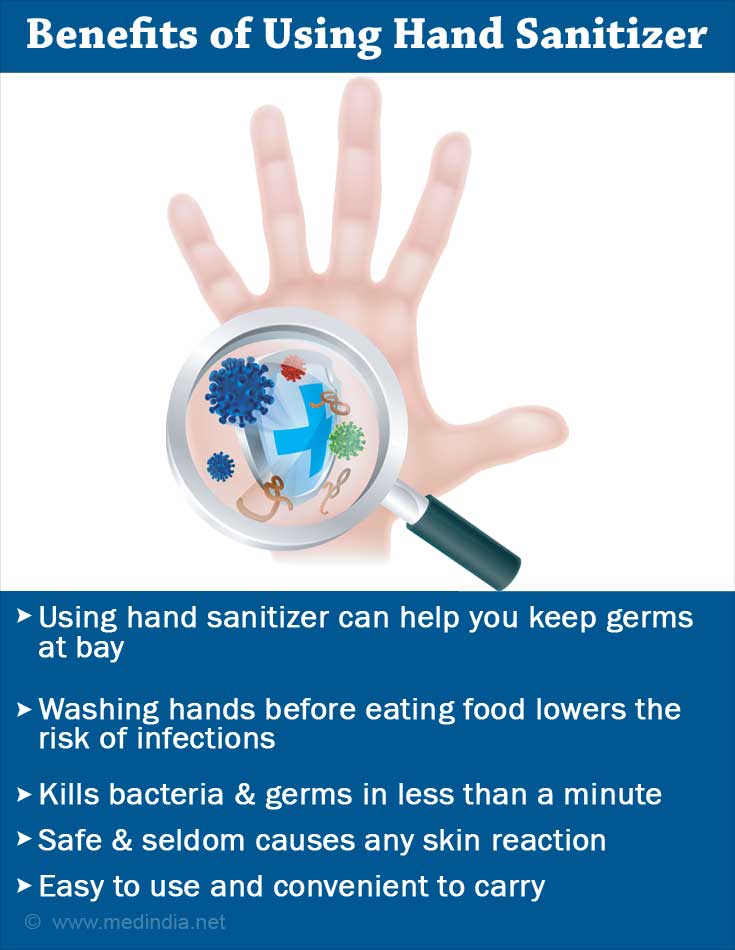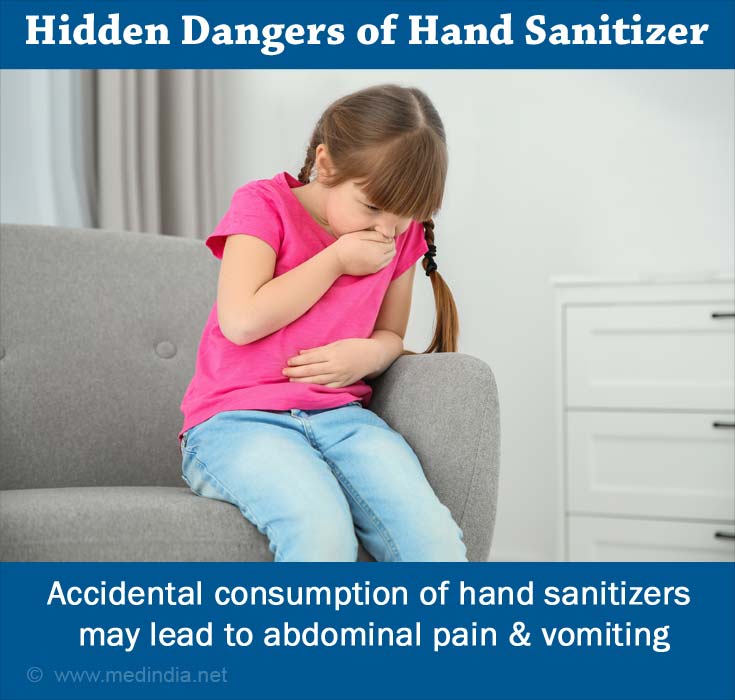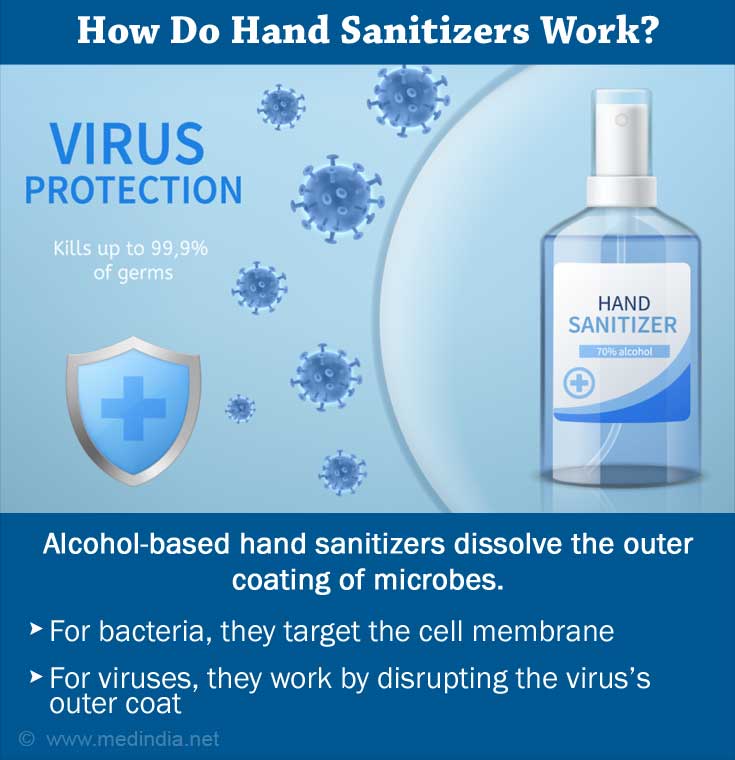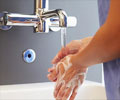- Effectiveness of Liquid Soap and Hand Sanitizer against Norwalk Virus on Contaminated Hands - (https://aem.asm.org/content/76/2/394)
- Alcohol Sanitizer - (https://www.ncbi.nlm.nih.gov/pubmed/30020626)
- The impact of alcohol hand sanitizer use on infection rates in an extended care facility - (https://www.ncbi.nlm.nih.gov/pubmed/12032498)
- Q&A for Consumers | Hand Sanitizers and COVID-19 - (https://www.fda.gov/drugs/information-drug-class/qa-consumers-hand-sanitizers-and-covid-19)
- 7 Things to Know About Hand Sanitizer - (https://www.aarp.org/health/conditions-treatments/info-2020/hand-sanitizer.html)
- Does hand sanitizer kill the coronavirus? - (https://www.nationalacademies.org/based-on-science/does-hand-sanitizer-kill-the-coronavirus)
- Show Me the Science – When & How to Use Hand Sanitizer in Community Settings - (https://www.cdc.gov/handwashing/show-me-the-science-hand-sanitizer.html)
- Heavy use of hand sanitizer boosts antimicrobial resistance - (https://phys.org/news/2020-04-heavy-sanitizer-boosts-antimicrobial-resistance.html)
- Has the increased use of hand sanitizers during the pandemic impacted antimicrobial resistance? - (https://microbiologysociety.org/blog/has-the-increased-use-of-hand-sanitizers-during-the-pandemic-impacted-antimicrobial-resistance.html)
What is Hand Sanitizer?
A hand sanitizer is a gel that contains alcohol. It was developed for washing hands when soap and water are unavailable. This gel helps kill germs like bacteria and viruses present in the skin, thus protecting us against the onset of infections.
To use hand sanitizers, place a small amount on your palmand rub it over your entire hands. If the hand sanitizer evaporates in less than 15 seconds, it means you have not used enough product.
What are the Types of Hand Sanitizers?
Hand sanitizers can be classified as:
- Alcohol-based hand sanitizers
- Alcohol-free hand sanitizers
Alcohol-free hand sanitizers contain disinfectants such as benzalkonium chloride or anti-microbial agents such as triclosan. This type of sanitizer can protect against infections, but the alcohol-free solution is prone to contamination because alcohol is a natural preservative. However, the chances of alcohol-based hand sanitizer being contaminated are less.
The alcohol present in hand sanitizers can make your skin dry, thus emollients such as glycerine are added to hand sanitizers that keep the skin soft and minimize dryness. Besides this, hand sanitizers also contain thickening agents and fragrances.
Other types of hand sanitizers:
- Chlorine-based hand sanitizers
- Ammonia-based hand sanitizers
- Silver/iodine-based hand sanitizers
- Essential oil-based (clove or cinnamon) hand sanitizers
What are the Benefits of Using Hand Sanitizers?
Easy To Use
Hand sanitizer is easy to use and convenient to carry. They are handy to use, especially in conditions where any soap and water are not available. Hence, hand sanitizers quickly kill bacteria and germs in less than a minute. Hand sanitizer is safe and does not cause any skin reactions.
Reduces Risk of Infections
Washing hands before eating food can lower the risk of infections. Studies have found that hand sanitizers available in the market are effective against common bacteria and micro-organisms, which can be contagious. Applying hand sanitizer before eating a meal decreases the chances of gastrointestinal infections.

Maintains Cleanliness
The primary benefit of a hand sanitizer is that it keeps our hands clean by killing the bacteria and micro-organisms present. The components present in hand sanitizer kill 99.9 percent bacteria, thus keeping your hands clean. Also, hand sanitizer stops the spread of germs.
Great Option for Group Settings
In places with a lot of foot traffic like classrooms and offices, germs like bacteria and viruses spread quickly. Therefore, having hand sanitizers available is great for these set-ups. Office staff, teachers, and students can easily use hand sanitizer and reduce the risk of diseases and infections.
How to Use a Hand Sanitizer?
It is vital to use the hand sanitizer correctly to ensure that your hands get rid of germs before they spread.
Using a hand sanitizer aims to disinfect residues like dirt or oil and prevent it from penetrating deep into the skin. However, hand sanitizers should not be used to clean your hands, i.e., if your hands are visibly dirty, for example- after playing outdoors or after gardening.
While using a hand sanitizer, thoroughly coat your hands with the sanitizer. Do not just focus on your palms. Remember to apply it on the back of your hands and on nail beds, which would take approximately 20 seconds.
Once you have applied the hand sanitizer properly, make sure you rub it until your hands are dry.
What are the Hidden Dangers of Hand Sanitizers?
Does Not Clean Your Hands
As mentioned earlier, hand sanitizers do not clean your hands. If visible dirt is present on your hands, you must wash them with soap and water. Hence, soap and water are more effective in keeping your hands clean than hand sanitizer. Do not completely depend on hand sanitizers for keeping your hands clean and dirt-free.
Not Safe for Children
Research has found that hand sanitizers contain 60-95 percent alcohol, hence it must be kept out of reach of children. Accidental consumption of hand sanitizers in children may lead to vomiting and abdominal pain, and further require medical treatment. Besides this, inhaling the sanitizer or entering it into the eyes may cause breathing problems and irritation. Hence, it is best to keep children away from hand sanitizers, especially those below 5 years of age.

Other Disadvantages
Hand sanitizers effectively kill microorganisms and bad bacteria, but they may even destroy some good bacteria that are required by the body to maintain good health. Besides this, the high alcohol content of most hand sanitizers makes them flammable. Therefore, people should be careful and keep away from candles and gas appliances. Do not place hand sanitizers or use them while grilling foods.
How Do Hand Sanitizers Work?
As most hand sanitizers contain alcohol, they work by dissolving the outer coating of microbes. For bacteria, they target the cell membrane. In the case of viruses, they work by disrupting the virus’s outer coat.

For example, SARS-CoV-2 is an enveloped virus that wraps itself in a coat made of lipids from the host cells along with some of their proteins. Those lipids are present as lipid bilayers (made of two layers of lipid molecules) held together by various molecular interactions. Alcohol disrupts these interactions, thereby ‘dissolving’ the lipid membranes.
Still, a hand sanitizer is not an elixir that defeats all microbes as it cannot work well against some viruses lacking an outer coat or spore-forming bacteria like Clostridioides difficile.
Does the Use of Hand Sanitizer Give Rise to Super Bugs?
Amid the COVID-19 pandemic, hand sanitizer-associated resistance has become an issue of concern. Bacteria have the potential to develop resistance towards certain chemicals if they are repeatedly exposed to them. This occurs primarily because of the infrequent use of these agents or using them in a lower concentration by diluting.
In general, bacteria do not develop much resistance against hand sanitizers that are purely based on alcohol. This is because they could not change the basic cell structure that is being targeted by alcohols.
The other common constituents of hand sanitizers include quaternary ammonium compounds, phenols, hydrogen peroxide, surfactants, benzalkonium chloride, and triclosan. Several studies have already shown that some of these compounds are associated with an increase in antimicrobial resistance.
Apart from this, some sanitizers contain antimicrobial agents like triclosan, giving rise to antimicrobial-resistant microorganisms.







